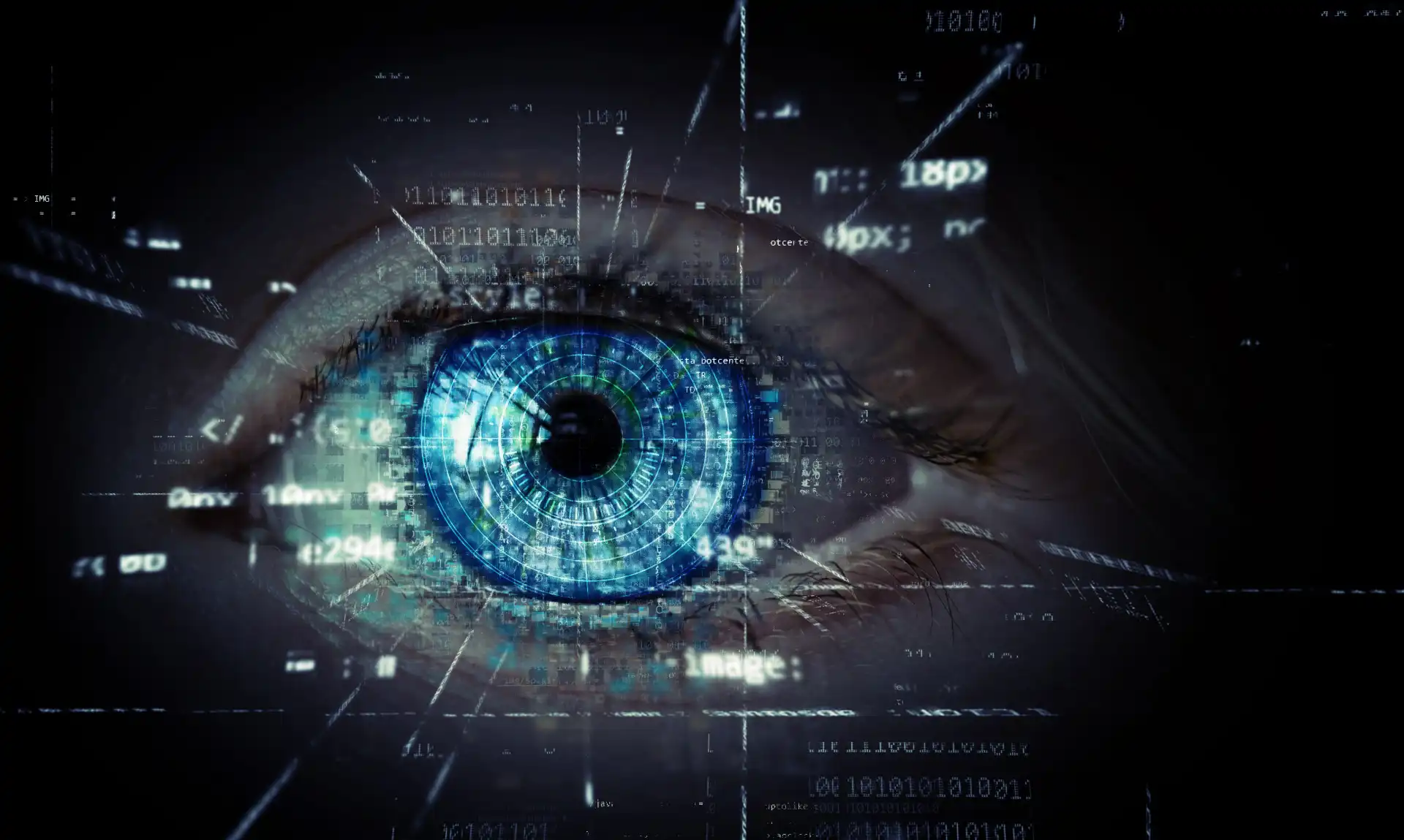Tesla’s Autopilot Feature in the Spotlight
Tesla, a leading electric vehicle manufacturer, has gained enormous attention due to its Autopilot feature. This technology aims to navigate traffic and highways, providing an easier and less stressful driving experience. However, this conception has been marred by recent accidents leading to unwanted attention from the National Highway Traffic Safety Administration (NHTSA).
The recent spate of accidents associated with the Tesla autopilot system is of grave concern. A Stanford University survey has shown that there are many Tesla drivers who over-rely and misuse this feature to a dangerous extent. In certain instances, the vehicle was even left to navigate itself without any human control.

The NHTSA has stepped in to scrutinize this issue. They have recorded 12 incidents where Tesla cars using the Autopilot feature collided with parked emergency vehicles, leading to issues of safety and accountability.
With these accidents and growing public concern in mind, NHTSA started an investigation, examining Tesla’s Autopilot system. They requested that Tesla recall all models using this feature.
The Intervention of NHTSA
NHTSA’s involvement came as a blow to Tesla as it increased the pressure on the company. The agency asked Tesla to conduct a recall over the issues surrounding the inappropriate use of Autopilot. These problems had garnered significant media attention, leading to public scrutiny of Tesla’s practices.
The agency also highlighted the lack of an effective driver monitoring system in Tesla cars. The absence of such a system, they asserted, increases the risk of accidents as it allows drivers to divert their attention from the road and rely heavily on the autopilot.
Tesla, which has usually stood by the safety of its Autopilot system, faced the brunt of the NHTSA’s investigation. This sparked discussions about the importance of ensuring user safety and compliance within the sector.
Amid growing pressure, Tesla responded to the NHTSA's requests by implementing improvements to its Autopilot system. These enhancements are aimed at addressing the main issue of driver monitoring.
Tesla's Response to NHTSA Concerns
In response to the NHTSA’s appeal, Tesla started working on upgrades to their Autopilot feature. Tesla engineers focused on creating and incorporating a robust driver monitoring system that ensures drivers are attentive during Autopilot mode.
The redesigned feature is intended to establish a system that ensures the primary driver remains engaged during the Autopilot mode. This essentially minimizes the risk associated with misuse and over-reliance on the Autopilot feature.
The aforementioned upgrade emphasizes the slogan “hands on the wheel, eyes on the road”. Driver alertness is ensured by a camera-based monitoring system that detects the driver's eye movements and issues alerts for any lack of attention.
This attention-checking feature is not something new in Tesla cars. Some models already have an in-built camera-based monitoring function. However, it was not fully utilized in previous versions, which Tesla chose to rectify in the latest update.
The Impact and Future of Autopilot
With these significant changes, Tesla is hopeful to assuage the NHTSA’s concerns and demonstrate active measures to ensure driver safety. This also aligns with the public's growing awareness and insistence for vehicle safety standards, promoting a safer driving environment.
The first reactions to these changes have been mostly positive. Tesla drivers appreciate the company's efforts to enhance the Autopilot feature and its commitment towards their safety. However, the success of these measures heavily relies on the user's adherence to safety protocols and proper use of the Autopilot system.
The issue with Tesla's Autopilot system and the subsequent updates highlight the challenges and potential solutions in the realm of autonomous driving technology. It draws attention to the necessity of proper human-machine interaction and the need for continual monitoring, regulation, and improvement.
In conclusion, while Tesla’s Autopilot system promises a leap forward in high-tech vehicle technology, the recent issues demonstrate a need to strike a balance between technological advances and safety. Evolving the Autopilot system with a robust driver monitoring system is truly a step in the right direction.